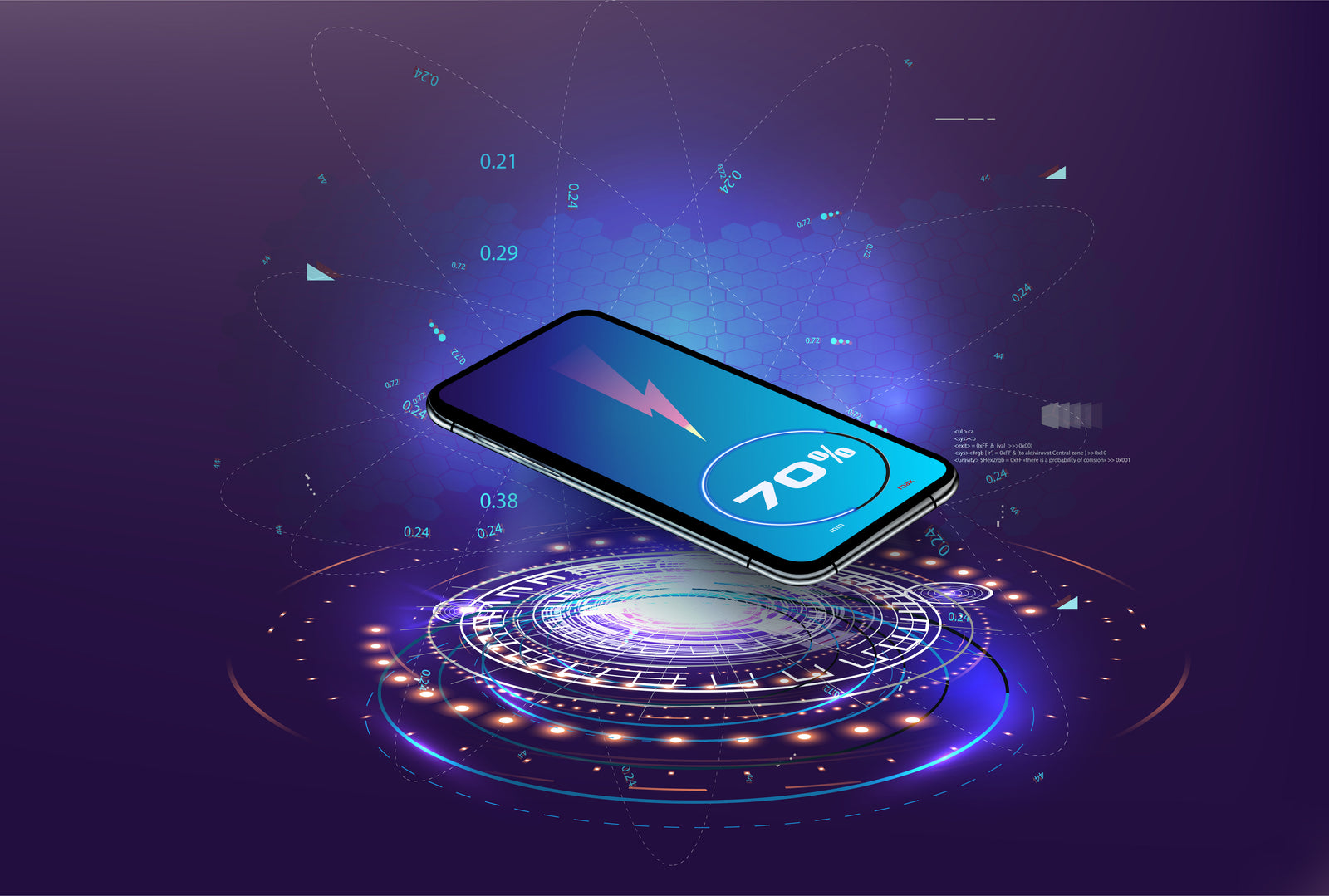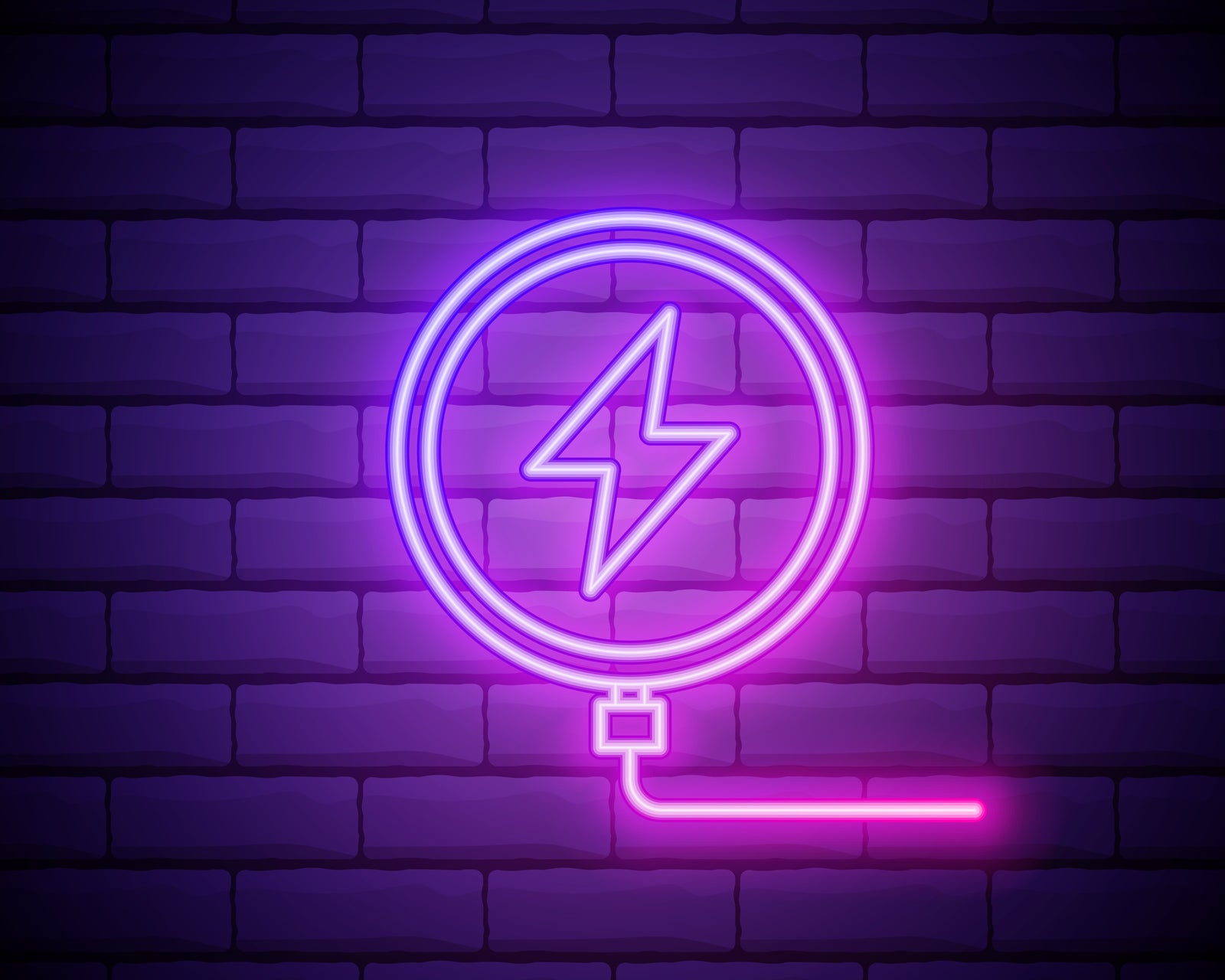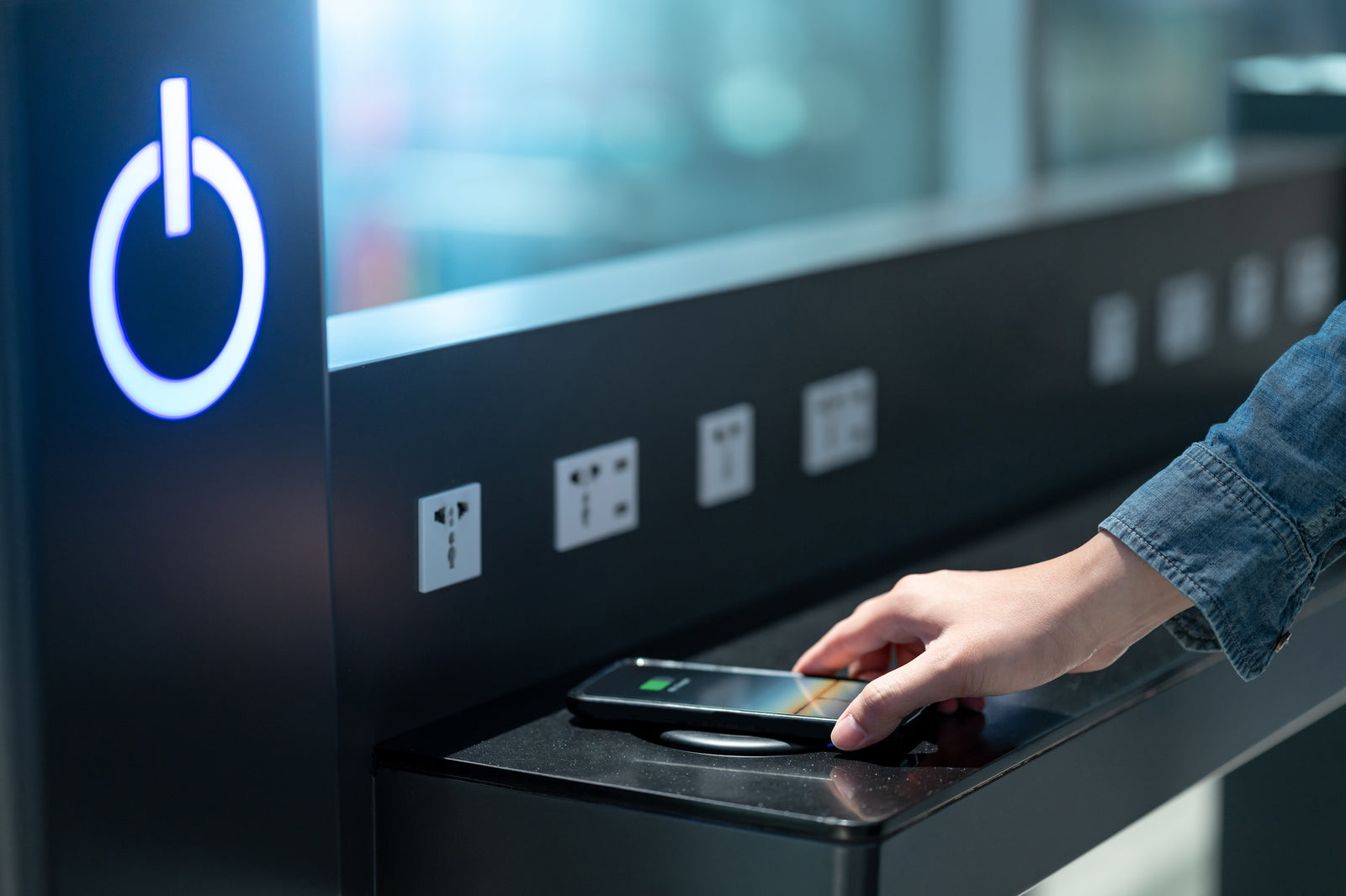
All About Qi
All About Qi
It is almost certain that a decent wireless charger will not only turn itself off in the event of an overcharge, but it will also show a bright display of flashing red lights if that is the case.
Although pretty straightforward at the moment, we can expect wireless chargers to branch out in more specific areas in the near future because different Qi-ready devices have different power requirements.
You can also find wireless charging technologies in household appliances, each with its own particularities and unique specs. While originally the need for wireless charging was for phones and tablets only, the advent of new Qi-based batteries made it so that they can nowadays be built into all kinds of devices and appliances.
Although wireless charging is generally considered more practical and convenient for a variety of reasons, the fact of the matter is that even when used at low intensity, they still tend to heat up quite a bit.
As more and more devices incorporate Qi wireless charging capabilities these days, some questions naturally arise about the practice. Perhaps one of the things people wonder about the most is whether the phone’s overall functionality and battery life are in any way affected by wireless charging.
Wireless charging as we currently use and understand it operates according to some fairly basic standards. These standards may very well change going forward with the advent of new technologies, but for the time being, these are the standards most devices abide by.
Seeing how wireless chargers have been out for quite a few years now, certain questions are being asked more and more these days. For starters, people want to know exactly how safe it is to use a wireless charger on a daily basis and whether the wireless induction technology they employ has any negative effects.
A lot has been said about wireless chargers in recent years, some accurate, some not so much. Perhaps the reason why people are yet to form a definitive opinion on the technology is because of how relatively new it is, even though it’s been around for more than a decade.
The quest for an increasingly faster wireless charger is ongoing at full pace and shows no clear signs of slowing anytime soon. This is not only due to the fact that people have very little time to waste on charging their devices on a daily basis but also because newer smartphones and tablets incorporate bigger and bigger batteries with each iteration.
People love their gadgets nowadays, don’t they? From phones, laptops, notebooks, and tablets to smartwatches, headphones, and wireless headsets, there seems to be a broad selection available for almost any device one might be inclined to acquire. All these devices, however, need to be charged regularly, which can be quite a tedious and peculiar process.
- acquire a desk qi charger
- FAQs about long distance wireless charging
- Investing in a hidden wireless charger
- 17 June, 2021
- 3 min read
Although the technology isn’t exactly new, many wonder about how exactly the technology works and whether it can actually penetrate certain objects. In other words, if you’re getting a through table wireless charger that promises to penetrate thick tabletops, can you expect it to actually deliver its penetrative charge on a consistent basis?
The use of wireless chargers has increased a lot over these past few years and it’s easy to see why. Not only does wireless charging provide a practical alternative to traditional chargers but it also becomes a matter of convenience and accessibility for anyone who no longer wants to deal with clutter and loose wires around their desk.


















